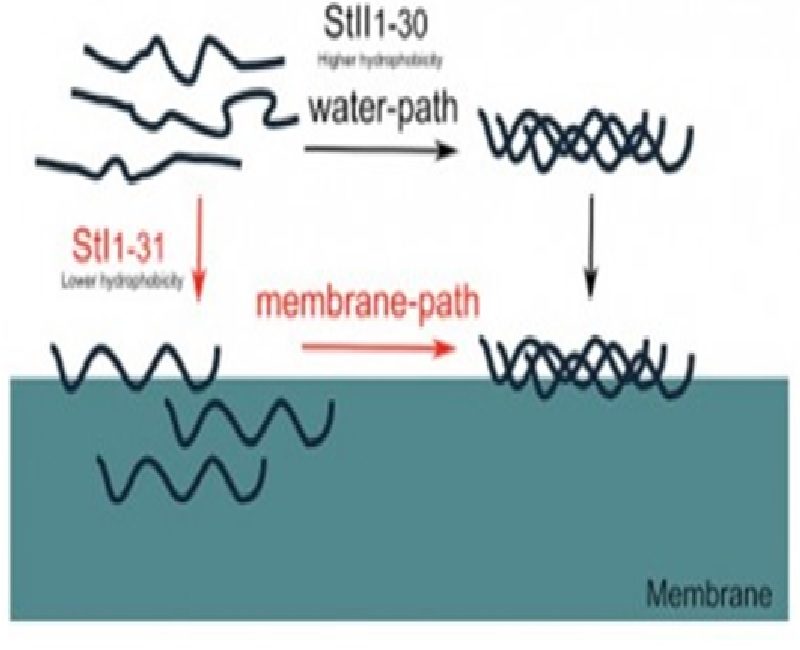
Endophytic microorganisms inhabit the interior of plants, especially leaves, roots and stem. These species have received great attention in recent decades, due to their role as protective agents against insects and pathogens. This phenomenon is due to the presence of specific molecules produced by endophytes.
Some toxins produced by fungi, such as the compounds alternariol and artenariol monomethyl ether, are toxic secondary metabolites responsible for the deterioration of grains, fruits and vegetables. Researchers from the Nucleus of Bioassays, Biosynthesis and Ecophysiology of Natural Products at UNESP in Araraquara (NuBBE), selected Senna spectabilis, a tree from the Brazilian cerrado, to carry out detailed microbiological studies. Among the endophytes associated with the plant, fungi of the genus Phomopsis, were the target of chemical and biological studies.
In a paper published in the journal Molecules, the authors describe studies of magnetic resonance and mass spectrometry together with the evaluation of the inhibition of reactive oxygen species produced by stimulated neutrophils. The work resulted in the isolation and characterization of a series of bioactive metabolites with antioxidant, anti-inflammatory, antifungal and cytotoxic activity.
Scientific article: CHAPLA, Vanessa Mara et al. Bioactive Secondary Metabolites from Phomopsis sp., An Endophytic Fungus from Senna spectabilis. Molecules, vol. 19, n. 5, p. 6597-6608, 2014.






